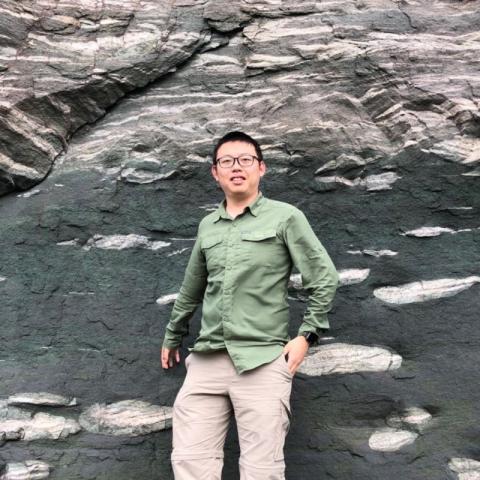Guest Speaker: Dr. Chujie Liu, Postdoctoral Researcher, University of Missouri
Constraining India-Asia Collision Zone Tectonics from Full Waveform Seismic Tomography
Dr. Chujie Liu
Department of Geological Sciences, University of Missouri
The collision between the Indian and Eurasian plates that started ~60 Ma has created the highest mountain range and largest plateau on Earth. However, the mechanism for accommodating over 4,000 km post-collision convergence remains uncertain. The crust and mantle structures beneath Tibet have been extensively investigated by receiver function and many different kinds of tomography studies, however, due to discrepancies among seismic models, the India-Asia collision zone tectonics are still uncertain. This talk will present a new seismic velocity model of the crust and mantle beneath Tibet and surrounding regions. The model is constructed using full waveform adjoint tomography and a large waveform dataset from 141 earthquakes recorded by 4640 broadband seismic stations. The inversion optimizes the normalized correlation coefficient between synthetic and observed seismograms within individual time windows of different seismic phases, from P arrivals to the slowest surface waves. This approach allows us to fit regional multipathed waveforms and provides unprecedented resolution of seismic P and S wave velocities from the crust to depths of about 800 km. Our analysis suggests that cratonic Indian lithosphere collided with Eurasian plate around 25-20 Ma, subsequently underthrusting beneath Tibet horizontally with little deformation. This resulted in thickening, destabilization, and delamination of the rheologically weaker and less buoyant mantle lithosphere beneath north-central Tibet. Moreover, our model reveals isolated lithospheric fragments within the mantle transition zone and lower mantle beneath southern Tibet and northern India, suggesting that non-cratonic Greater India continental lithosphere has broken off and sunk into the deeper mantle. The lack of continuity among these lithospheric fragments suggests a convective destabilization process, distinct from typical oceanic plate subduction. Our results emphasize the important role of rheological properties of continental lithospheres in shaping the dynamics of continental collision.
